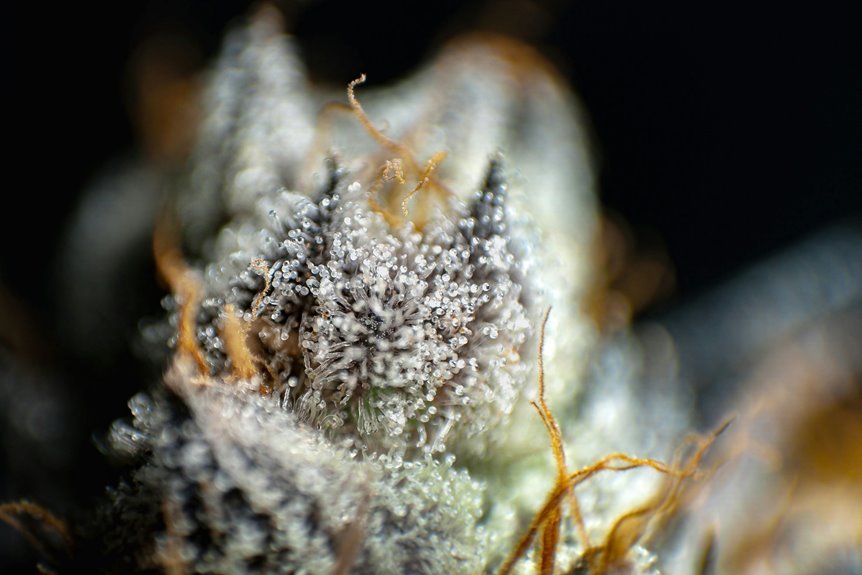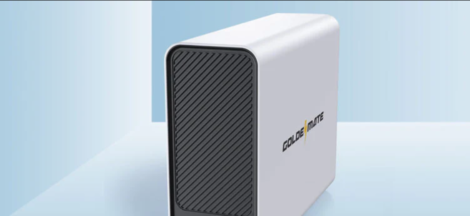The distinction between THC and CBD is pivotal in understanding cannabis. THC, the primary psychoactive element, produces the characteristic high, while CBD offers therapeutic effects without intoxication. These differences extend beyond mere effects; they influence legal status and consumer preferences globally. As society navigates the evolving landscape of cannabis, the implications of these cannabinoids on health and regulation warrant further exploration. What does this mean for users and policymakers alike?
Understanding THC: The Psychoactive Compound
Tetrahydrocannabinol (THC) is widely recognized as the primary psychoactive compound in cannabis, responsible for the euphoric effects commonly associated with marijuana use.
Its legal status varies significantly across regions, impacting accessibility and consumption.
Understanding THC's psychoactive effects is crucial, as they contribute to both therapeutic applications and recreational use, prompting ongoing debates surrounding legalization and the implications for personal freedom in cannabis use.
Exploring CBD: The Non-Psychoactive Alternative
How does cannabidiol (CBD) differ from its psychoactive counterpart THC?
CBD extraction methods yield a compound favored for its therapeutic applications without inducing a high.
Legal considerations surrounding CBD have evolved, enhancing consumer preferences for non-psychoactive alternatives.
As awareness grows, individuals seeking wellness solutions increasingly explore CBD, appreciating its potential benefits while navigating the complexities of regulations and personal choice.
How THC and CBD Interact With the Body
What mechanisms underlie the interactions of THC and CBD within the human body?
Both compounds engage with the endocannabinoid system, primarily through receptor interaction. THC binds to CB1 receptors, producing psychoactive effects, while CBD exhibits a more complex relationship, modulating receptor responses and potentially counteracting THC's effects.
This duality highlights their distinct but interconnected roles in influencing physiological processes and overall well-being.
Potential Benefits and Uses of THC and CBD
While both THC and CBD are derived from cannabis, their potential benefits and uses vary significantly, reflecting their distinct biochemical properties.
THC is often associated with psychoactive effects and therapeutic applications for pain relief, appetite stimulation, and anxiety reduction.
Conversely, CBD is non-psychoactive and is utilized for its anti-inflammatory and anticonvulsant properties.
Legal considerations surrounding both compounds impact their availability and application in various contexts.
Conclusion
In the intricate tapestry of cannabis, THC and CBD represent two distinct threads, each contributing to the overall pattern of human experience. THC, the vibrant thread of euphoria, interlaces with CBD's calming hues, creating a balanced interplay that offers both pleasure and relief. Their unique interactions with the body symbolize the duality of nature, where contrasting elements coexist, providing insight into the diverse applications and regulatory considerations that shape the evolving landscape of cannabinoid use.





 When Was Cbd Legalized in the Us
When Was Cbd Legalized in the Us